If we want to instill in our children a love of nature and raise a generation that will want to protect and preserve natural places, we need to get ‘em hooked on birds. This is the wisdom behind many of the programs at Altacal Audubon, our local chapter of the non-profit Audubon Society. Altacal was formed in the winter of 1955/1956 and incorporated in 1973 to serve Butte, Glenn, and Tehama Counties. In a recent conversation, Altacal's Executive Director Mary Muchowski and Program Director Jennifer Patten discussed ways of getting kids involved in nature, as part of Altacal's dedication to preserving and protecting birds and their habitats.
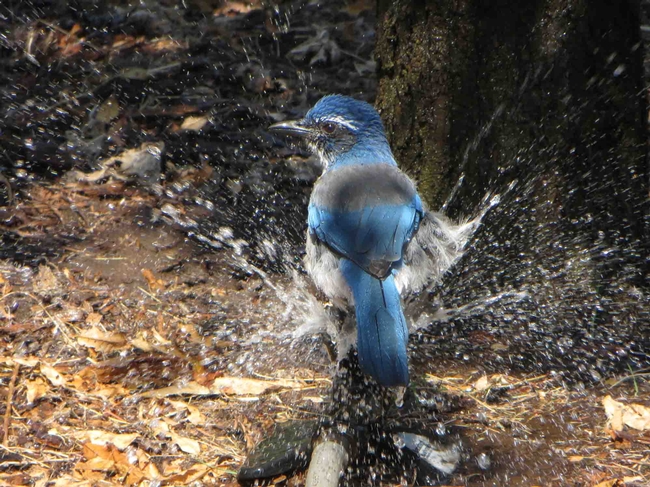
We live in an area that is rich in bird habitat and home to an enormous variety of both migrating and resident bird species. For example, fourteen different species of raptors (birds of prey, including eagles, hawks, owls, and falcons) live or overwinter here. Our flooded rice fields and remaining wetlands are a part of the Pacific Flyway – the great winter migration corridor used by waterfowl as a rest stop as they journey to their breeding grounds.
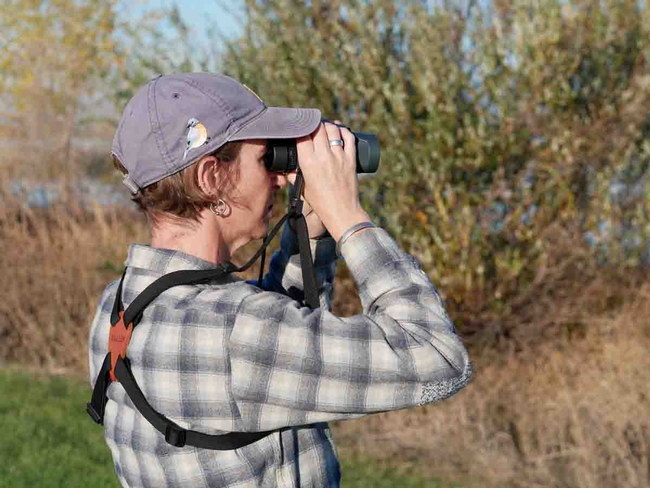
How do you begin introducing your family to the wonderful world of birds? Start by looking out your windows! Encourage gardening, enjoy being in the garden, and plant some natives that naturally attract local birds. No matter where you live, there is bound to be at least one species of bird. Typical and highly visible backyard birds include robins, scrub jays, the dramatically colored acorn woodpecker, mockingbirds, gnatcatchers, quail, and red-shouldered hawks. Adding bird feeders, including hummingbird feeders, is a surefire way to draw more birds into your environment (be sure the feeder has a perch so you have a chance to identify the birds that rest briefly there). It is essential that you keep feeders clean. And be warned that attracting and feeding birds “can be habit forming,” say Muchowski and Patten.
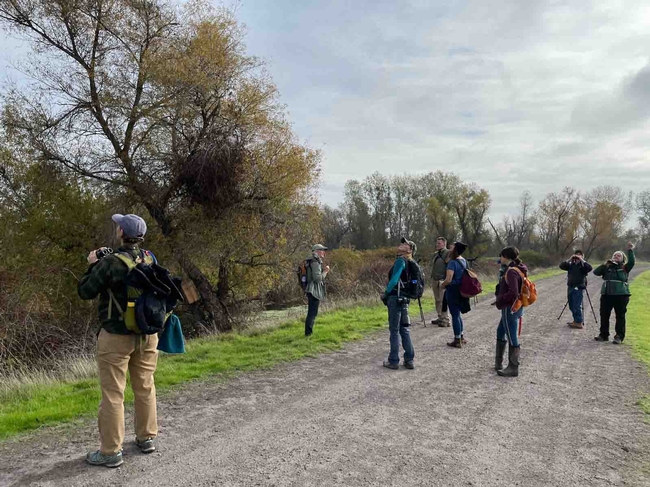
Exemplary bird habitat exists just beyond your backyard: head out to Upper or Lower Bidwell Park, the Llano Seco viewing platforms, Indian Fishery (a part of Bidwell-Sacramento River State Park), Chico Seed Orchard, Durham Community Park, Gray Lodge, Black Butte Lake, or the Sacramento River and Colusa National Wildlife Refuges any time of year to enjoy birdwatching and just being out in nature.
Need help identifying birds? Binoculars add a whole new dimension to birdwatching. Feathers, beaks, and nuances of coloration come into sharper view. All levels of binoculars are available, and if you train kids early, using them can become second nature. Altacal's office at 635 Flume Street in Chico has a number of resources, including the Butte County Bird Checklist, and Audubon books which help in identifying birds primarily by color. In this digital age, plenty of bird identification apps are available for smart phones: Merlin, eBird, and iNaturalist are free; Sibley and iBird Pro are among the many others.
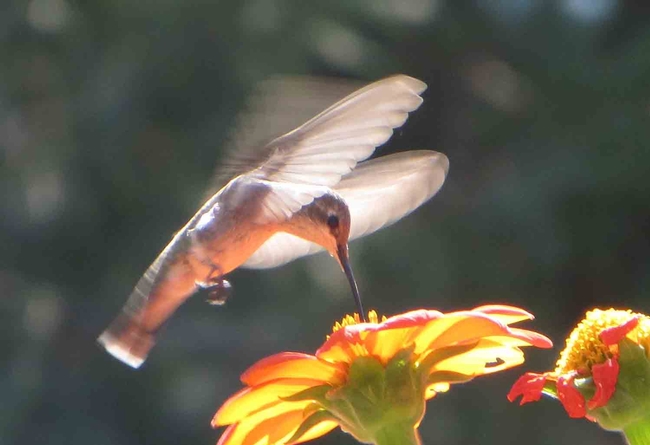
Altacal is here to help in other ways too. They offer field trips each month and beginning birders are always welcome (let them know you are new to the world of birds and they will walk you through the basics). They take local fourth and fifth graders out to Upper Bidwell Park each year; and fourth graders go on a field trip to the Sacramento National Wildlife Refuge. This year, John Seid, the Educational Chair, took dozens of kids to Pine Creek on the Sacramento River, specifically to illustrate the interconnectedness of all life. Altacal provides binoculars and spotting scopes, and in a quick moment can grab a kid and instill in them a love of nature and its inhabitants, and a desire to protect them.
As Patten said, “That's where I think it all starts: if you care about one thing, you are generally going to care about all related things.” Muchowski adds, “Bugs, birds, animals, herps (amphibians and reptiles); it's how they all work together.” Observing these interactions in your home garden and understanding them is a great way to begin.
Annual Scholarships are another avenue by which Altacal encourages a younger generation to be stewards of our environment. Their scholarship program works in partnership with the North Valley Community Foundation to award up to $12,000 year for the following opportunities:
- A “Campership” for kids and teens between 8 and 18 years old to attend a summer camp of their choice that focuses on birding and/or nature. Offered annually with a deadline of June 1, the program aims to introduce kids to other birders and nature lovers of their own age, help them find like-minded friends, and stoke their love of birds and birding.
- A Scholarship for high school graduates provides funding to pursue a degree in Natural and Environmental Sciences (deadline April 15).
- A Scholarship for college juniors or seniors or graduate students can be used towards their degree in Natural or Environmental Sciences (deadline July 15).
Scholarship funds must be used at an accredited California Community College, California State University, or University of California.
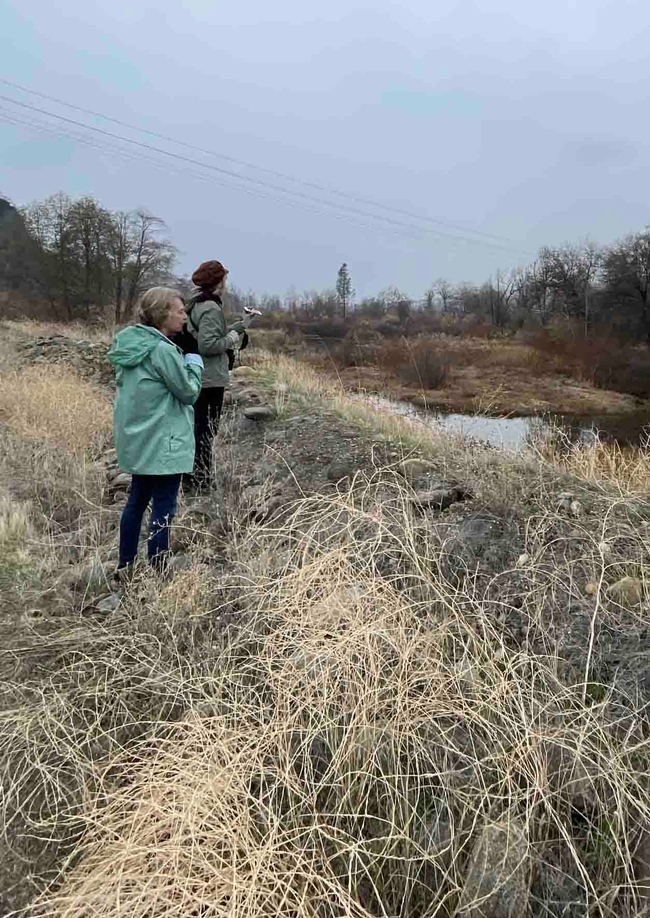
Habitat protection and preservation, and the stewardship of your own home garden are beneficial, even crucial, for the well-being of species, including our own. The catalyst that creates nature lovers and protectors is different for each of us. For Patten, it was a third-grade teacher's love of outdoor field trips which included identifying lots of birds. For Muchowski, it was her father's love of the outdoors and her innate love of animals. For you and your family, it could be one of Altacal's many programs or events: check out their website to get started today.
UC Master Gardeners of Butte County are part of the University of California Cooperative Extension (UCCE) system. To learn more about us and our upcoming events, and for help with gardening in our area, visit our website. If you have a gardening question or problem, email the Hotline at mgbutte@ucanr.edu (preferred) or call (530) 538-7201.
We know that we are losing wildlife habitat. We know that birds and pollinators are in trouble. The good news is that our home gardens can be part of the solution, by conserving water and protecting native wildlife through Altacal Audubon's Neighborhood Habitat Certification Program. Altacal's goal is to support community members interested in converting unused lawns to natural, drought-tolerant California landscaping and habitat.
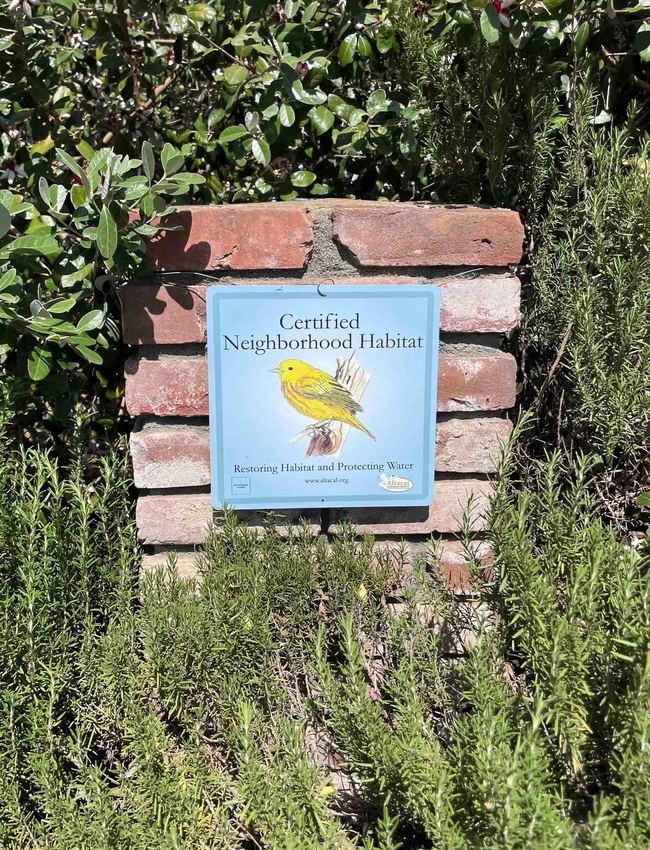
The Neighborhood Habitat Certification Program is unique to Altacal. It was designed by Altacal's leaders during the recent drought years as they sought a simple yet effective way to help the local communities reduce water usage. They drew in a host of experts who contributed to the creation of the program, including botanists, landscape designers, ornithologists, wildlife biologists, and native plant experts, as well as the UC Master Gardener Program and the Mt. Lassen Chapter of the California Native Plant Society. The Neighborhood Habitat Program received initial grant funding from the National Audubon Society and California Water Service; the City of Chico was supportive of their efforts. All parties agreed the best way to encourage residents to make lasting changes would be through an educational program.
The Neighborhood Habitat Program's water-saving strategy of landscaping with native plants also creates habitat that provides critical sustenance for birds, bees, and butterflies, a perfect match of plants and creatures evolving together over tens of thousands of years. As the Program grows in numbers and effectiveness, the local specialists who contributed to its design continue to share their experience and enthusiasm. Altacal emphasizes that the Program focuses on connecting experts, honoring Program members, and creating venues where these partners share their knowledge. The Neighborhood Habitat Program Coordinator, Carla Resnick, keeps the community connected and informed through a biannual newsletter via email. To subscribe, email her at neighborhoodhabitat.aas@gmail.com.
Below is a brief outline of the Neighborhood Habitat Certification Program and how you can qualify for the attractive Certified Neighborhood Habitat Sign announcing that you are “Restoring Habitat and Conserving Water.” Please visit www.altacal.org, or email the address listed above for more details.
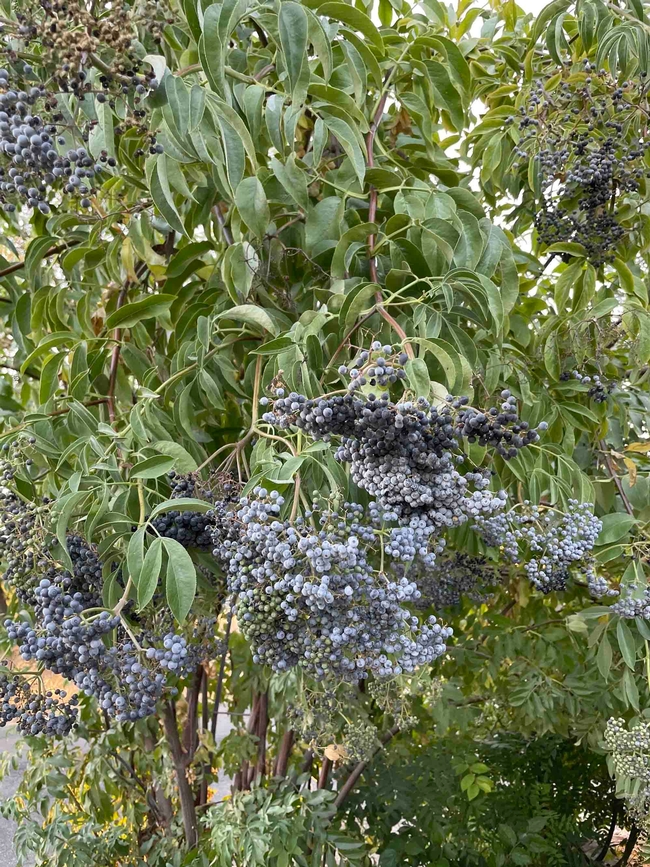
The first step is to register online for a small fee. You will then receive a packet of practical information, including resource guides; plant lists; program requirements; tips on attracting, sustaining, and protecting birds; and a simple step-by-step guide to creating a Habitat Garden. Another valuable resource is the “Approaches to Creating Habitat” presentation, available on YouTube.
Step two involves identifying where you can make a change: can the entire lawn be converted to valuable and beautiful habitat? Do you need to save a bit of lawn for pets and/or children? What sort of sun exposure does your yard receive? Is your soil loamy, clayey, or somewhere in between? Take a moment to sketch a layout of your yard, including plans for hardscape, and existing vegetable / flower beds, trees, and open spots. These open spots are wonderful niches for clusters of native landscaping.
The Certified Neighborhood Habitat Program offers two levels of certification: Silver and Gold. For a Silver Certification, replace half of your front OR back yard lawn with drought-tolerant California landscaping; include a minimum of five California natives and three of the five suggested vegetation layers (see below); use low-volume irrigation methods; avoid using herbicides and pesticides; and include one of the recommended Wildlife Stewardship features (e.g. clean water source, avian nesting boxes, native grasses or wildflowers, indoor-only cats) OR Water Conservation Features (e.g. contouring with berms and swales, hydrozoning, permeable pathways, mulch, rainbarrels).
For the Gold Certification, replace all of your front OR back lawn; choose a minimum of eight natives, include all five vegetation layers in your landscape; use low water and avoid herbicides and pesticides; and install at least two of the Wildlife Stewardship and Water Conservation features.
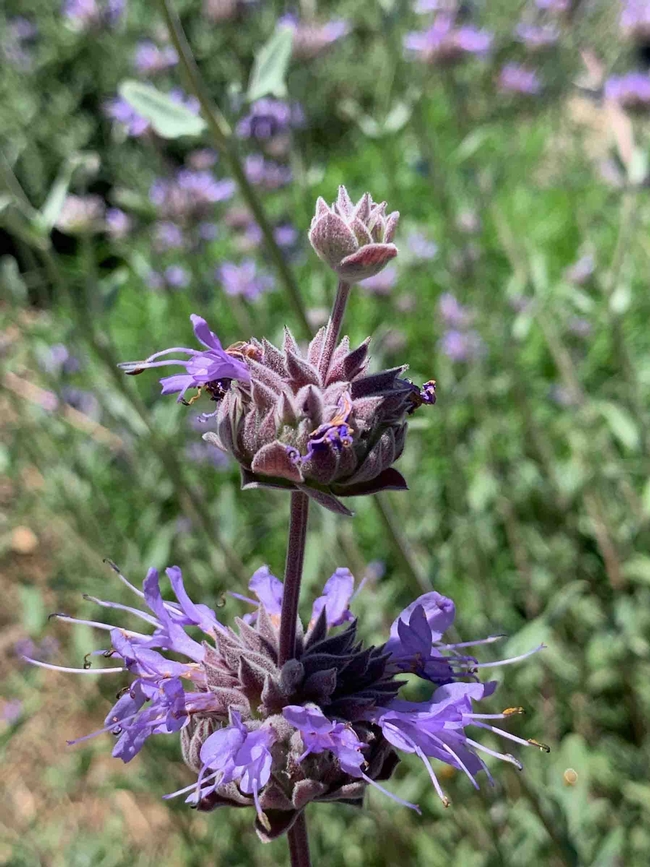
Sheet-mulching is the best method for eradicating existing lawn. While the Master Gardeners have recommended waiting eight to ten months before planting into your ex-lawn, Altacal's quicker method involves sheet mulching around new native plantings. Either system yields the same results: habitat gardens that conserve water, offer beauty and interest, and attract and sustain bird and insect life.
To obtain formal certification, complete the self-assessment form included in the packet, then contact Altacal, which will send a representative to your home to verify your changes and deliver your certification sign. The final step is to enjoy your role as neighborhood ambassador: the real purpose of the artful blue sign with the yellow warbler is to encourage conversations about habitat and how we can all contribute to the betterment of our communities. An old saying applies here: each one, teach one – and Altacal hopes that yard conversion is contagious!
Altacal encourages us all to become wildlife stewards, water conservers, and active teachers in our neighborhoods and communities. The Certified Neighborhood Habitat Program currently has about 400 members. Over 100 of these members are completely certified, while the others are in various stages of adding habitat to their yards. There is a noticeable benefit to wildlife when there is a connected corridor to support them. Imagine the difference we could make if all the front and back yards in our neighborhoods had at least a portion of their space converted to valuable habitat -- we could create wildlife corridors through our towns. And every yard would count.
For the sheet-mulching method recommended by the UC Master Gardeners of Butte County see Sheet Compost Your Lawn Away.
UC Master Gardeners of Butte County are part of the University of California Cooperative Extension (UCCE) system. To learn more about us and our upcoming events, and for help with gardening in our area, visit our website. If you have a gardening question or problem, email the Hotline at mgbutte@ucanr.edu (preferred) or call (530) 538-7201.


